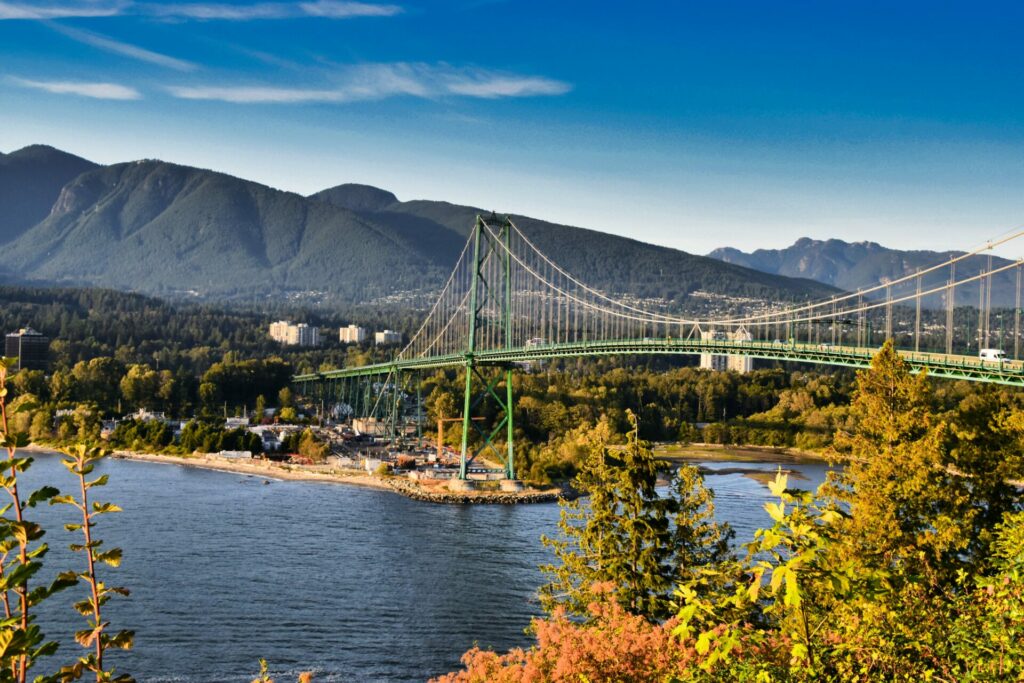It’s hardly surprising that vultures aren’t well-loved. Normally pictured tearing the remains from rotting carcasses, these songless, hooked-beaked and bald-headed birds are seen as harbingers of death.
They may be ugly, but the ecological void this globally endangered species would leave behind if vultures vanished from our skies, wouldn’t only be bad news for the animal kingdom, but us too.
Officially the most threatened group of raptors in the world, these highly intelligent birds are treading a very thin line between existence and extinction. Already wiped out in Thailand and Vietnam, it’s estimated that three quarters of the world’s 23 vulture species are in decline, with Africa’s population teetering on the point of collapse. Poisoned, poached, electrocuted and edged out of their habitat, vultures are no safer above ground than on it.
Vulture Culture

So why should we care? Well, as nature’s critical clean-up crew, vultures are intrinsically linked to human health. Evolved to be scavengers, they curb the spread of dangerous diseases like anthrax and cholera by consuming fresh carcasses riddled with potential pathogens and bacteria.‘Vultures play an important role in a wide range of ecosystems,’ Flagship Species Project Coordinator at NatureLife Cambodia Naiky Ny tells The Ethicalist. They can also help mitigate climate change by hoovering up rotting meat that would otherwise release methane: a gas 80 times more harmful than CO2.
The main menace to vultures, globally, is accidental poisoning. These social birds of prey unknowingly feed on stray dog or big cat carcasses laced with bait planted by farmers in retaliation for killing their livestock.
But it’s cattle that pose an even bigger threat, or more precisely, a painkiller that can linger in their bodies for up to a week after their last breath. Just 30 ml (equivalent to one vial) of deadly diclofenac – used to treat pain during calving , lameness, mastitis, and swelling – can kill between 350 to 800 vultures by causing chronic kidney failure, leading to a slow and painful death.
Vultures can also help mitigate climate change by hoovering up rotting meat that would otherwise release methane: a gas 80 times more harmful than CO2
The controversial veterinary drug has been banned in India, Pakistan and Nepal since 2006, but other anti-inflammatories like flunixin andnimesulide – used to medicate cattle and horses – remain the leading cause of fatalities in Nepal’s vultures. Once home to a healthy population of 1.6 million, according to Bird Conservation Nepal, these remarkable raptors now total just 20,000 in the mountainous country. Between 1980 and 2017 Southern Asia’s vulture population crashed by a staggering 95 per cent.
‘Poisoning is the single biggest threat to the vulture population in Cambodia,’ Ny reveals, singling out the White-rumped vulture as particularly vulnerable.
Often, the problem stems from tensions between local communities and agricultural companies who ‘acquire areas where local people traditionally allowed their free-ranging cattle to graze as concessions,’ wildlife conservationist Oliver Gray-Read tells The Ethicalist. ‘Water containers with toxic pesticides, poisoned irrigation ponds, or sometimes poisoned bait are put out where the [locals’] cattle graze or frequently enter. ’
Continued habitat degradation in Cambodia is also piling the pressure on nature’s most efficient recyclers. ‘The available nesting habitat [for vultures] has decreased significantly over the last 20 years,’ Gray-Read reveals.
No Safe Refuge

Some 6,000 miles away in the dusty savannahs of Africa’s Sahel region, it’s impossible to poison-proof the territory the Rüppell vulture calls home, which can stretch from 22,000 to 45,000 square miles. Also critically endangered, their Hooded vulture cousins suffered losses of 68 per cent over three generations in Sub Saharan Africa, according to data published by Birdlife International.
Electrocution, secondary poisoning (intended for lions and elephants) and habitat loss are to blame, along with hunting. The use of vulture parts like claws and eyes in belief-based trade is rife in Southern Africa. Non-profit BirdLife Zimbabwe claims traditional medicine is responsible for three out of every ten vulture deaths in the country.
These birds of prey aren’t even safe soaring high in the sky, their often long and increasingly fragile flight paths marred by an ever-expanding man-made world. Whereas whales are susceptible to ship strikes, birds risk injury or death by collision with wind turbine blades and powerlines.South Africa’s state power company says 34 per cent of all vulture losses in the country are caused by electrocutions. Meanwhile, in Spain’s northern Navarre region, a single wind farm kills one Griffon vulture every three days according to the Vulture Conservation Foundation (VCF).
Feast and Fly

Insulating live cables and naked electricity poles is one of the most effective ways to reduce the risk of electrocution. Between 2018 and 2022, a total of 220 pylons were retrofitted on the Canary Islands of Fuerteventura and Lanzarote to protect perching vultures.
In Cambodia – an important stronghold for vultures in South East Asia – vulture ‘restaurants’ have been central to the country’s conservation efforts. Provisioned with uncontaminated dead buffalo and cattle, these semi-permanent feeding stations have evolved into ecotourism success stories, benefitting both locals and tourists.
One of the most visited is the Wildlife Conservation Society (WCS)-managed Boeng Toal Vulture Restaurant in Chhaeb Wildlife Sanctuary, located in north-eastern Cambodia. Visitors pay an entrance fee to watch hungry vultures eat, and maybe a jackal or two, if they’re lucky! According to Gray-Read, 500-square-mile Siem Pang Wildlife Sanctuary in Stung Treng Province ‘harbours upwards of 70 per cent of Cambodia’s vultures,’ a finding made possible, in part, thanks to its vulture restaurant. As well as enabling more accurate monitoring of bird populations, these feeding stations can attract mating vultures if artificial nests are installed nearby.
The use of vulture parts such as claws and eyes in belief-based trade is rife in Southern Africa. Experts claims traditional medicine is responsible for three out of every ten vulture deaths in the country
One of the more challenging species to safeguard is Europe’s smallest and only long-distance migratory vulture. Whittled down to just 50 breeding pairs in 2018, endangered Egyptian vultures brave perilous flight paths across Europe and the Middle East to reach their wintering grounds on the southern edge of the Sahara Desert.
A borderless bird demands a bold and borderless conservation strategy to match. Launched in 2017, the EU-funded Egyptian vulture New LIFE Project is a collaboration between 22 organisations and 14 countries across three continents. As well as introducing 30 captive-bred vultures, 10,000 electricity poles have been insulated and hundreds of poison baits removed along the Egyptian vultures’ super flyway.
Raptors in Recovery

Despite the dire straits some species of vulture are in, there’s still reason to be optimistic about their future. For only the second time in Europe, a captive-bred Egyptian vulture (reared in Prague Zoo) successfully paired with a wild vulture in southern Bulgaria’s Eastern Rhodope Mountains in 2022. And 4,500 miles away in Ghana’s Mole National Park, the country’s first sightings of white-backed and white-headed vulture nests were made this year, as reported by The Journal of Raptor Research.
There have been several conservation successes in South East Asia too. Last October, a rare Red-headed vulture was tagged for the first time in Cambodia, while a study published in May 2023 confirmed two of Nepal’s critically endangered White-rumped vulture colonies have stabilised for the tenth consecutive year.
Changes are afoot when it comes to legislation as well. In July 2023, India outlawed the veterinary use of ketoprofen – which controls fever, pain and inflammation – and aceclofenac – used to treat a lot of common ailments in cattle, which are both highly toxic to vultures.
There are high hopes for one of the world’s highest-flying-bird too. Once a common sight across Cyprus, up to 140 Griffon vultures could be observed at a single carcass in the 1950s, reveals BirdLife Cyprus’ Project Coordinator Melpo Apostolidou.
The Mediterranean island’s thriving population was whittled down to just 14 in 2025 according to Bird Life Cyprus. As much a threat then as it is now, poisoning was responsible for 8 out of every 10 vulture fatalities between 1996 and 2023.
Since VCF’s ‘LIFE with Vultures’ project was launched in 2019, it’s transplanted 29 wild Griffon vultures from Spain’s southwestern region of Extremadura. The raptors spend six months acclimatising in a special aviary in Cyprus’ seafront city of Limassol, before being fitted with GPS trackers to roam free. ‘All the birds show that they’ve made Cyprus their home, visiting known roosting and feeding areas and moving in various groups with the local population,’ Apostolidou tells The Ethicalist. With a further 15 Griffon vultures set to be released this summer, these remarkable raptors could reign the skies once more.













